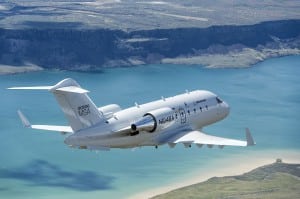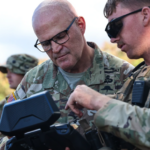
The United Kingdom plans to step up its investment in cutting-edge new technologies like robotics and automation, and will create a new technology hub inspired by the Pentagon’s Defense Innovation Unit-Experimental, the U.K. Defense Minister Michael Fallon said on Friday.Like the United States, the U.K. military is worried that it may be losing its technical advantage. In response, the U.K defense ministry plans to invest $1.5 billion into an “innovation fund” for spending on cyber, robotics, autonomy and space, he…













